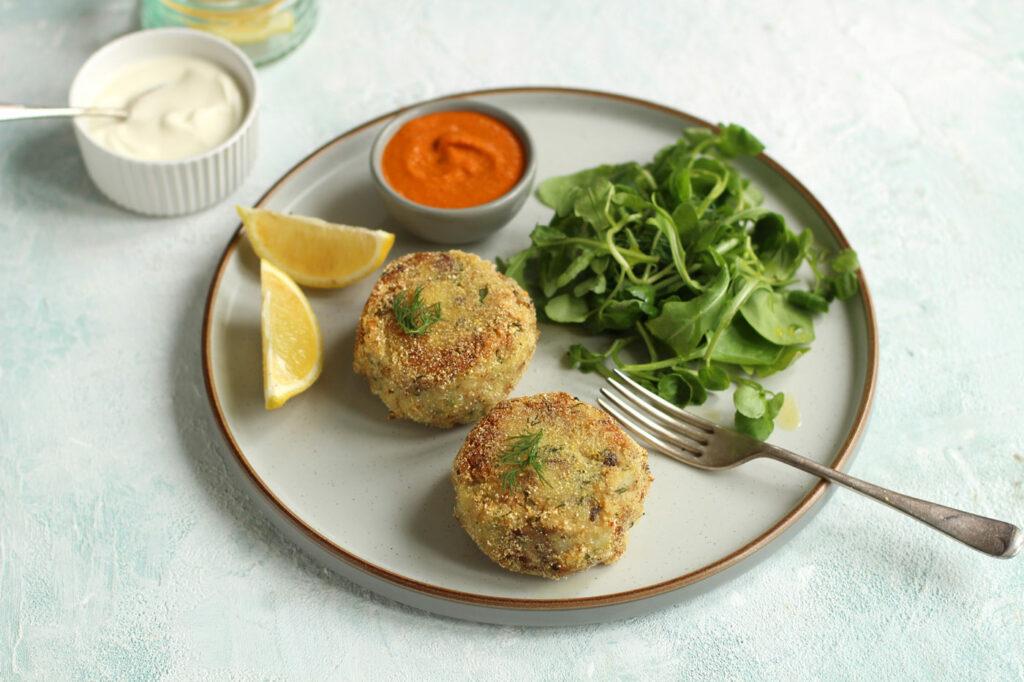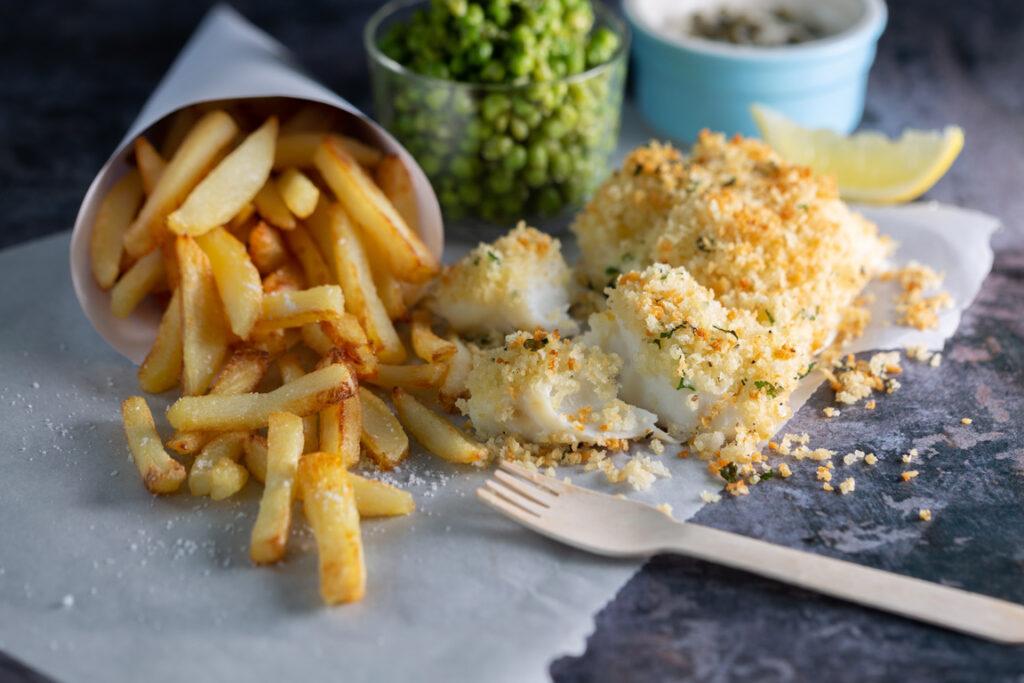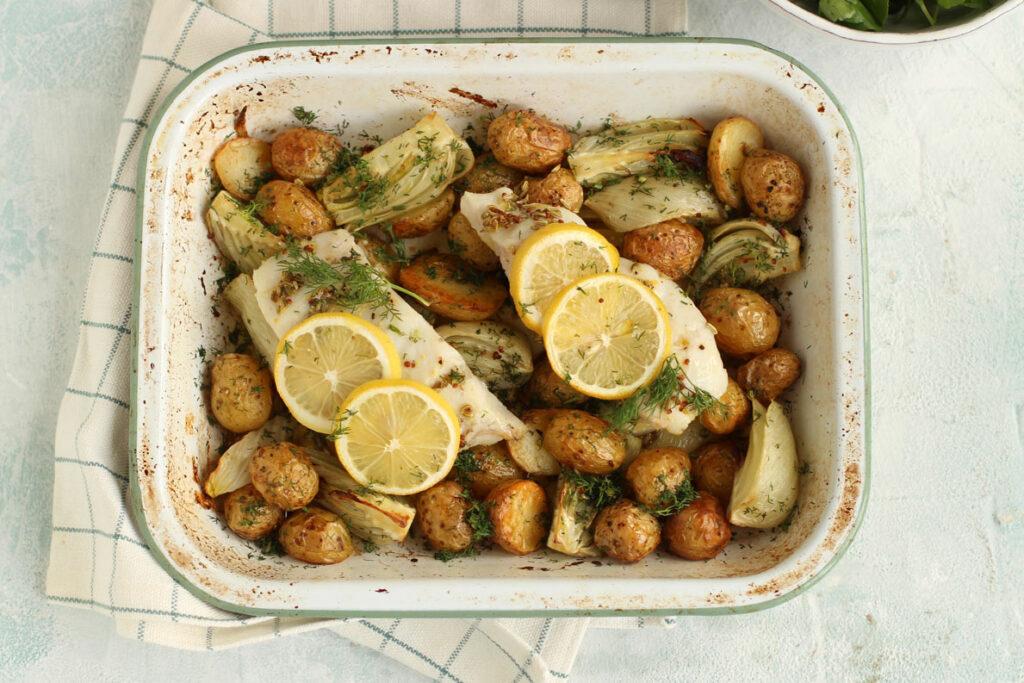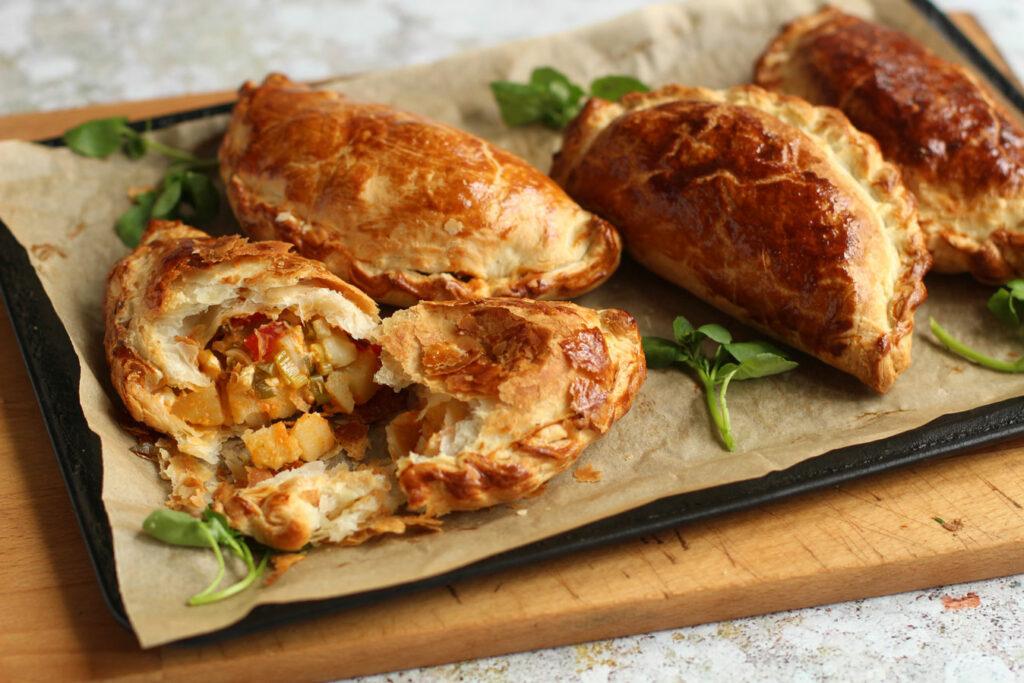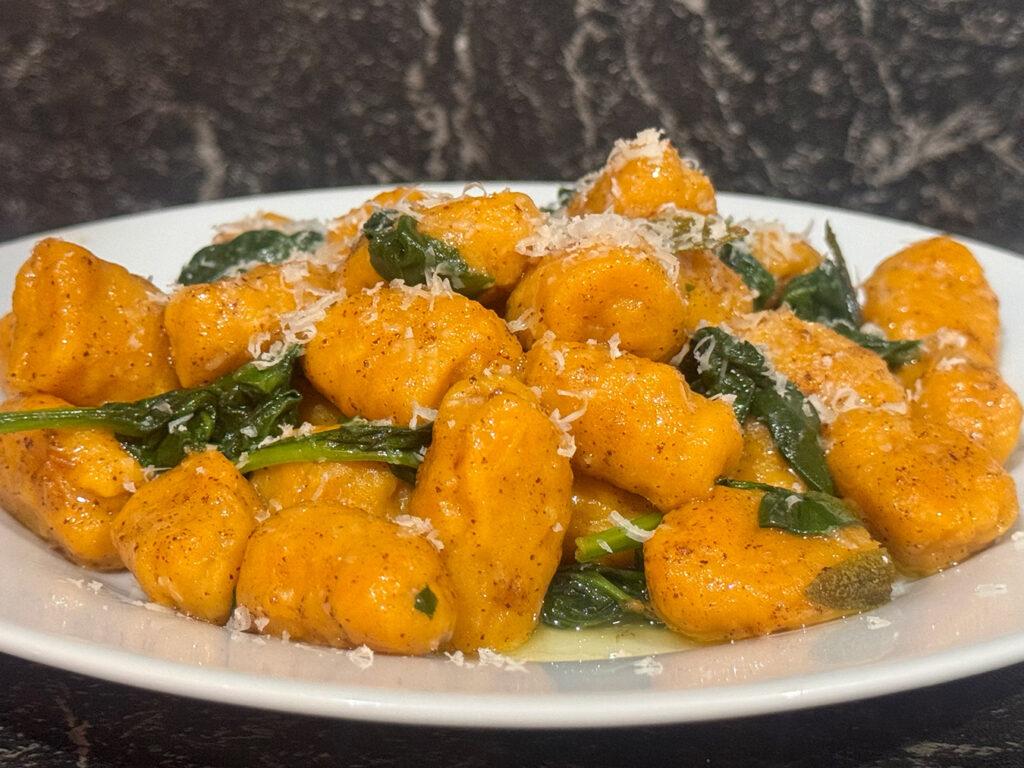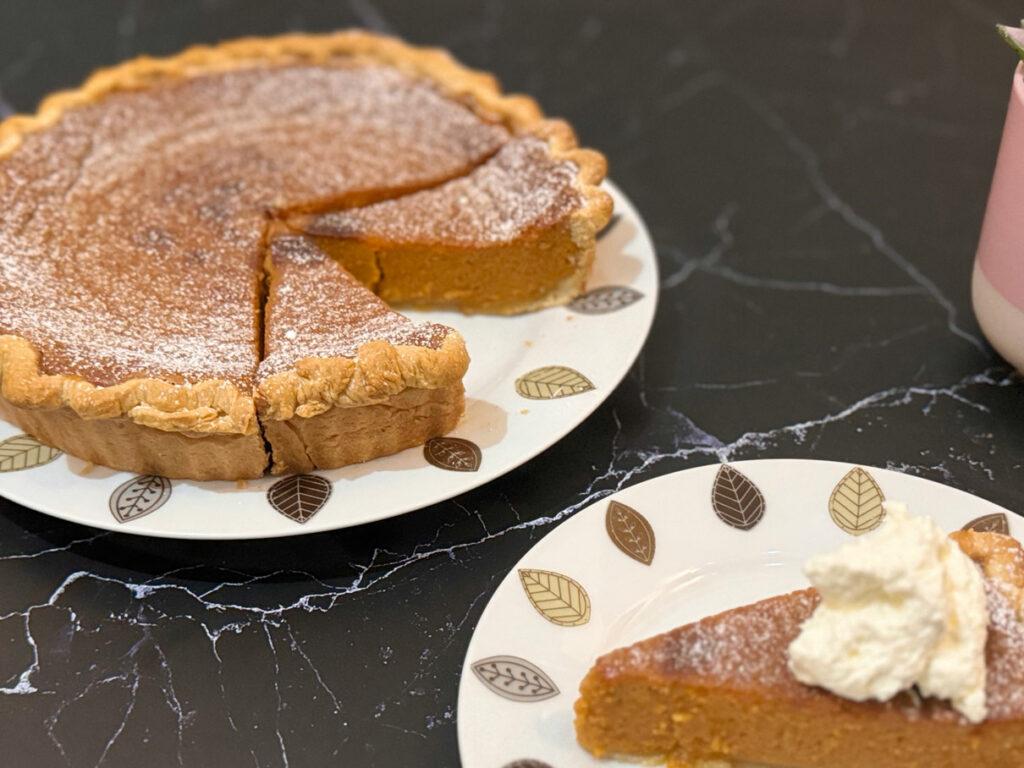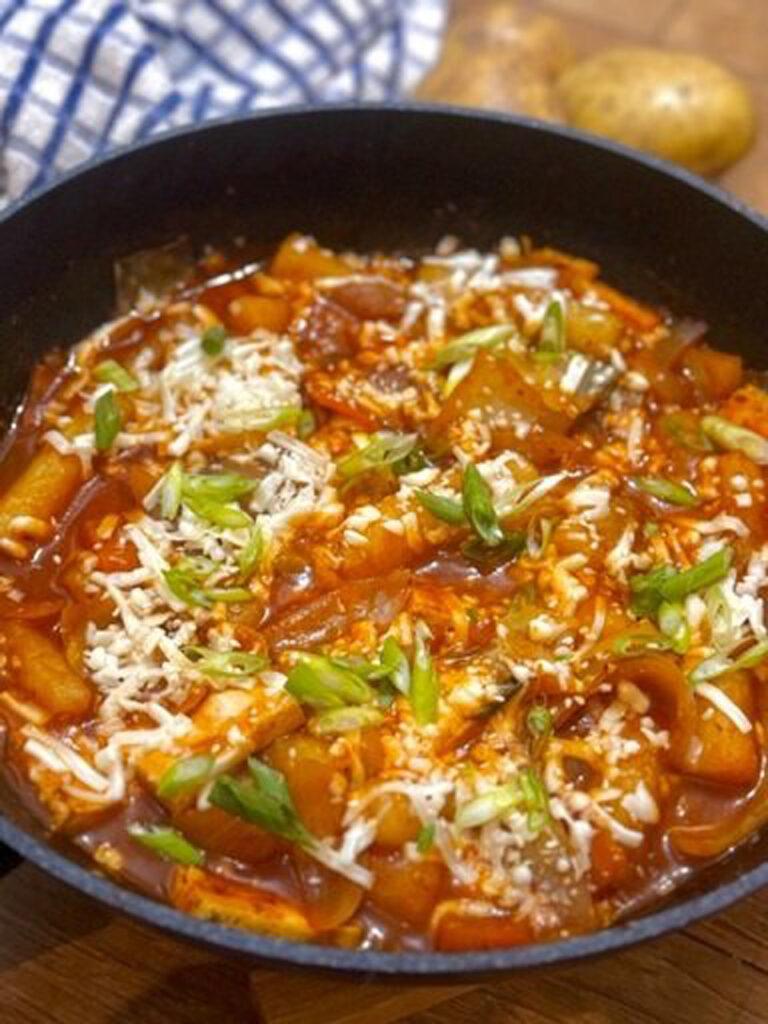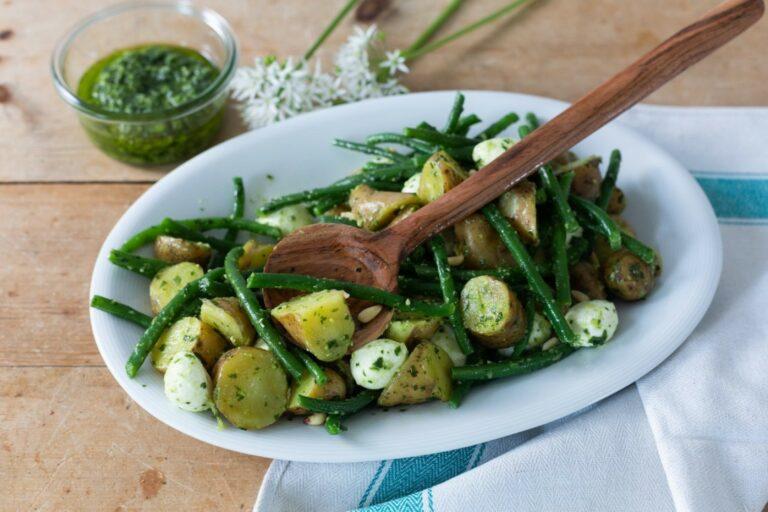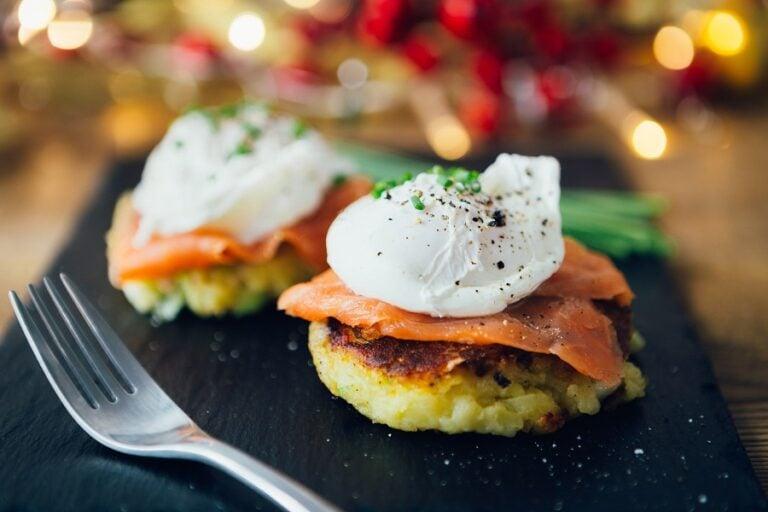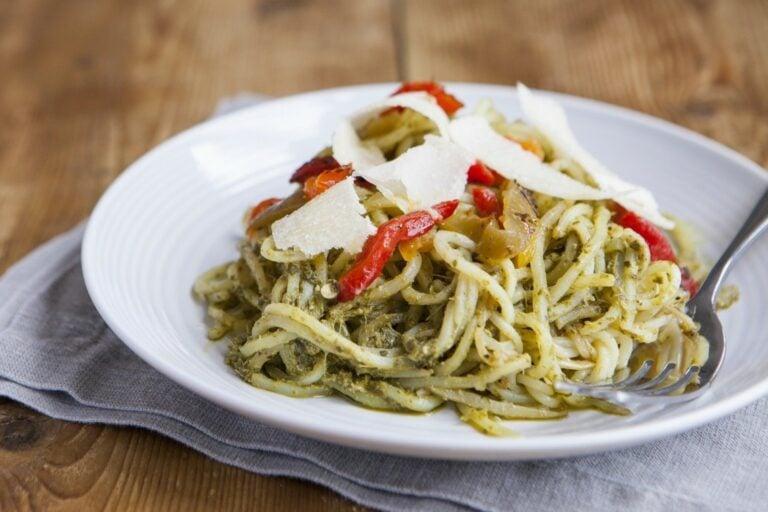By Branston NPD team
In the UK, we grow around 90 varieties of potatoes, but there are literally thousands of different types grown every day across in the world, many of which are rare varieties found in their native Peru.
The most popular variety by far in the UK is Maris Piper – mainly because it’s so versatile, being fluffy enough for roasties yet firm enough for chips and smooth enough for mash – and along with a handful of other household names such as Charlotte and King Edward, you’ll usually find them listed on the pack by variety as opposed to general ‘All Rounders’ or ‘Baking’ potatoes.
With that in mind, it is clear that there is a growing awareness that not all spuds are the same – look at any supermarket in the days leading up to Christmas and you’ll see King Edward and Maris Piper flying off the shelves, widely acclaimed for being the potatoes of choice for the perfect roasties.
Potatoes are much-loved by foodies for a great number of reasons, not least their versatility. We’ve broken down some of the most popular ways they are prepped to help guarantee you get perfect potatoes every time.
The best variety of potatoes for roasting
When it comes to classic roasties, a ‘floury’ type is definitely the way forward as this will create the ideal mix of textures once they’re cooked. For a long time, King Edward held the crown of producing the ultimate roast potato, but Maris Piper is now just as sought after. There are also some new arrivals, including the red-skinned Laura and some which have been carefully bred to combine faster-cooking attributes of Peruvian phureca potatoes, including the distinctive Nemo, which is a hot contender for the title.
King Edward
A name everyone will be familiar with, King Edward potatoes are a hugely popular heritage variety, characterised by the pink blush around the eyes and creamy white flesh. Their starchy texture absorbs water when par-boiled to create a soft inside, while the outside crips up well on roasting. Be careful not to over-boil – for best results watch them carefully towards the end of the cooking time and drain the water off before they go too soft. Their mild flavour complements all roast meats or veggie centrepieces and cries out for a good slosh of gravy. They’re available all year round in your local supermarket.
Maris Piper
Possibly the most well-known potato variety, Maris Piper has a pale golden skin, with creamy white flesh. They’re famous as the original all rounder potato as their texture lends itself to a range of cooking methods. From frying to boiling and roasting – they’re great for chips, wedges, mash and roast potatoes.
New/baby potatoes
For an easy roast that’s a great summer staple you can use quick-cooking New, Baby or Salad potatoes. These tend to be more moist or ‘waxy’ in texture, so you’ll get a denser more creamy inside than with a ‘traditional’ roastie, and more potatoey flavour. No need to peel or par-boil these little potatoes – just pop them into a roasting tray with a little oil and cook until they’re tender on the inside and golden in colour. For even quicker results you could pop them in a roasting bag or use an air fryer.
7 tips for the ultimate roast potatoes
- Parboiling potatoes before roasting and shaking them roughly in the pan to ruffle up the edges allows for crispier roasties by breaking up the surface cells so they lose their water and they can absorb the oil better.
- Be sure not to cut your potatoes too small to make sure they don’t break up too much during roasting.
- You might have heard that boiling potatoes in water that starts out cold is best, as it allows the inside and outside to cook at the same rate. However, with roast potatoes, you want the edges to break down faster than the centres, so you can start your potatoes in boiling water.
- Try adding extra flavour to your potatoes while roasting – add in whole cloves of garlic or sprigs of fresh thyme or rosemary half way through cooking.
- Let your potatoes rest for around 10 minutes once they’ve been drained to ensure they’re as dry as possible before roasting.
- Heat your tray and chosen fat in the oven until hot before adding your potatoes. Be careful placing them in the hot fat, roll them around until fully coated.
- Spread your potatoes in an even layer and move them around a few times while cooking.
Which fat makes the best roast potatoes?
Goose fat is found in many traditional recipes for a reason. Not only does it have a high smoke point, so your roasties can cook at a higher temperature to ensure a crispy outside, but it also adds a rich but subtle, savoury flavour. Other fats such as beef, duck, chicken or lard are also used as alternatives.
Sunflower oil or vegetable oil make good flavourless vegetarian alternatives and also have high smoke points. We wouldn’t recommend using coconut oil or olive oil as they can affect the taste of your roast potatoes.
Our best roast potato recipes
We love all manner of roast potatoes with a variety of seasonings and tasty twists. Start by trying our good old-fashioned roasties, cooked with herby rosemary and goose fat. We also love the savoury flavour of these Guinness roasties for a side dish to stew or wintry casserole. If you like your roasties fluffy on the inside and crispy on the outside, our polenta roast potatoes should be a staple on your Sunday dinner menu.
Have you got a question you would like our potato experts to answer? Get in touch by tagging @seasonal_spuds on Instagram or by liking us on Facebook.





